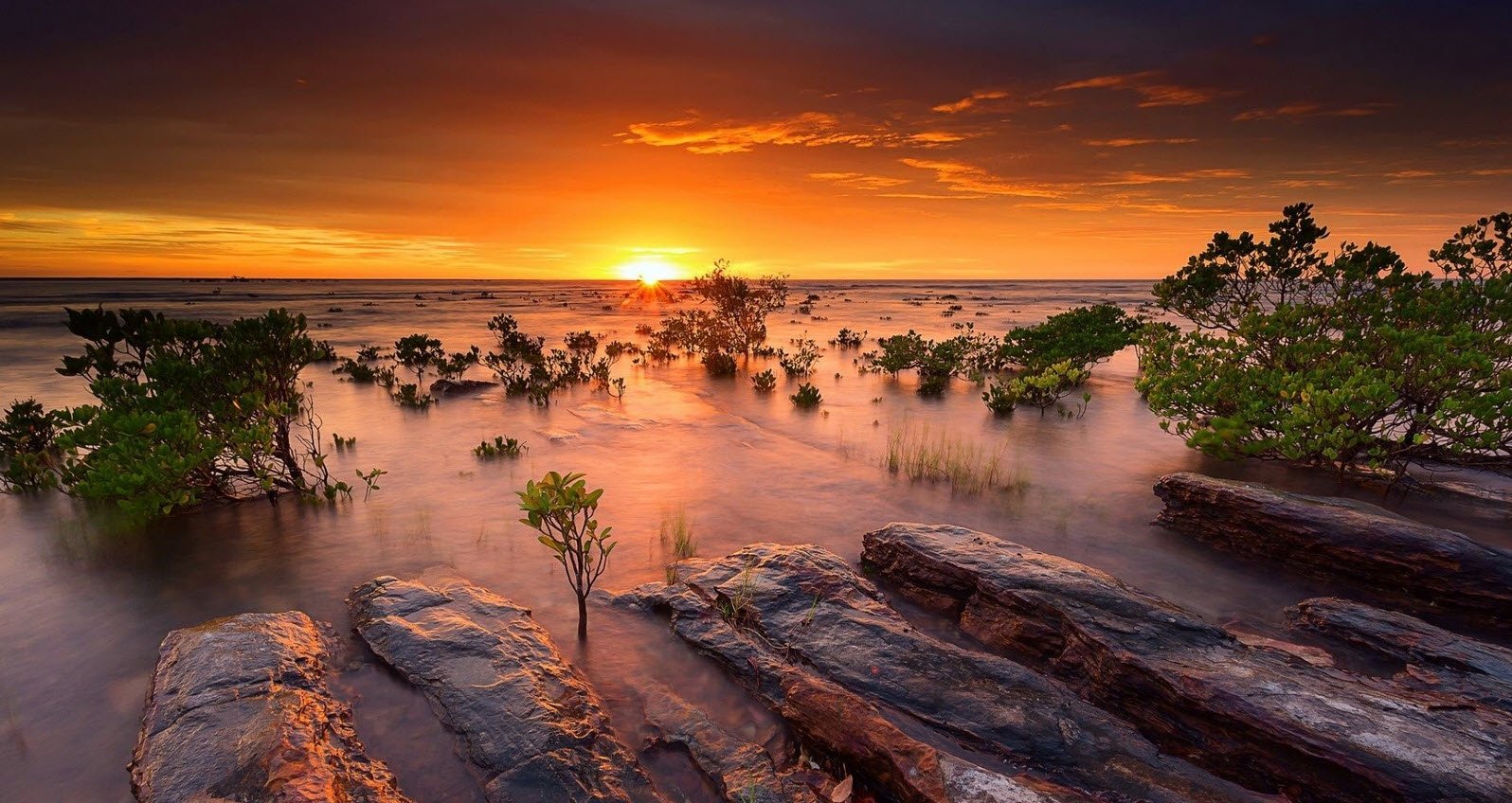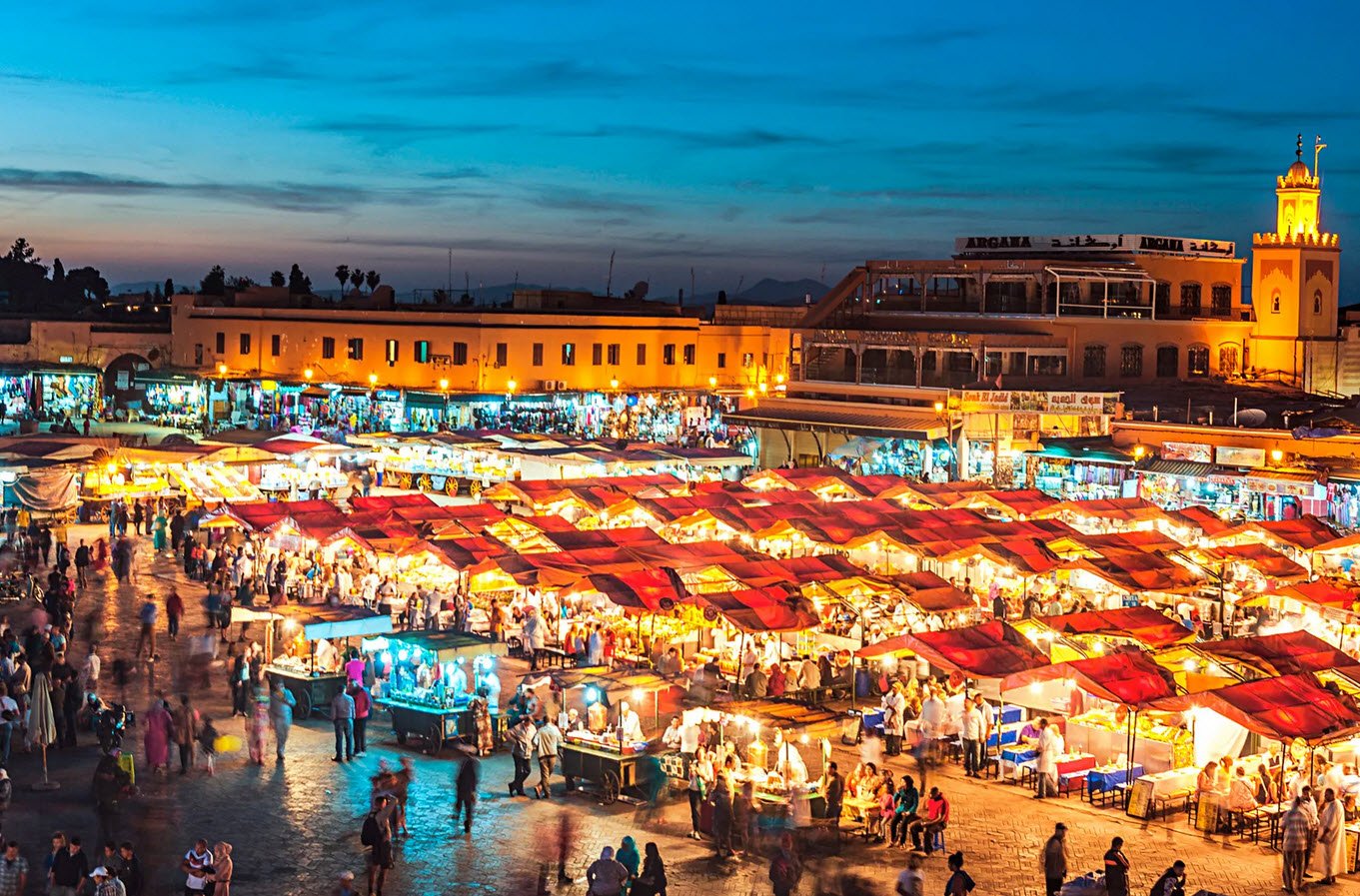
Australia, known as the “Land Down Under,” is a vast continent located in the southern hemisphere. It is a land of diverse landscapes, unique wildlife, and rich cultural heritage.
Let’s explore some fascinating facts about this captivating country.
1. Geographical Diversity:
Australia is a land of geographical contrasts. The northern half lies in the tropical zone, characterized by lush rainforests and a tropical climate, while the southern half is situated in the temperate zone, experiencing mild summers and cool winters.
2. Tropic of Capricorn:
The Tropic of Capricorn runs through the heart of Australia, dividing the country into the northern and southern regions. This imaginary line marks the southernmost latitude where the sun can appear directly overhead.
3. Western Plateau:
Two-thirds of Australia is covered by the Western Plateau, a vast elevated region characterized by arid deserts and scanty rainfall. This arid landscape has given rise to some of the world’s most iconic deserts, such as the Great Victoria Desert and the Gibson Desert.
4. Great Dividing Range:
Stretching along the eastern coast of Australia, from Cape York to the island of Tasmania, is the Great Dividing Range. This chain of highlands is home to lush forests, stunning waterfalls, and breathtaking mountain ranges, offering a stark contrast to the arid landscapes of the interior.
5. Great Barrier Reef:
Australia is famous for its natural wonders, and none are more spectacular than the Great Barrier Reef. Extending over 1,900 kilometers along the eastern coast, it is the world’s largest coral reef system. This biodiverse ecosystem is home to thousands of marine species and is a haven for snorkelers and divers. However, the northern part of the reef poses a danger to vessels due to its treacherous waters.
6. Mt. Kosciuszko:
Australia’s highest peak, Mt. Kosciuszko, stands tall at 2,228 meters. It offers breathtaking views and is a popular destination for hikers and nature enthusiasts. It’s worth noting that the highest peak in New Zealand is Mt. Cook, not to be confused with Australia’s Mt. Kosciuszko.
7. Majestic Rivers:
Australia boasts several significant rivers that play a vital role in the country’s ecosystem and agriculture. The Murray River, the longest river in Australia, along with the Murrumbidgee, Darling, Lachlan, Warrego, Cooper, and Paroo rivers, sustain the surrounding landscapes and support various flora and fauna.
8. Stunning Waterfalls and Lakes:
Australia is blessed with natural water features that leave visitors in awe. From the majestic Montezuma Falls to the tranquil Lake Eyre (Kati Thanda-Lake Eyre), the continent is home to numerous waterfalls and lakes that showcase the beauty of its landscapes.

9. Remarkable Plateaus:
Australia boasts several significant plateaus, each with its unique characteristics. The Arnhem Plateau, Atherton Tableland, Mawson Plateau, and Western Plateau are just a few examples of these elevated regions that contribute to Australia’s diverse topography.
10. A Land of Deserts:
Australia is renowned for its vast deserts, covering large portions of the interior. The Great Victoria Desert, Great Sandy Desert, and Simpson Desert are among the notable desert regions, each with its own distinct landscapes and unique flora and fauna.
11. Agriculture and Cash Crops:
Agriculture plays a crucial role in Australia’s economy. The country is known for growing a variety of food crops, including wheat, barley, canola, sorghum, oats, rice, pulses, and corn (maize). Additionally, Australia cultivates cash crops such as coffee, cocoa, tea, sugarcane, cotton, and spices.
12. Majestic Straits:
Australia is surrounded by numerous straits that connect different bodies of water. These include the Bass Strait, Torres Strait, and the Endeavour Strait, among others, each offering its own maritime significance and natural beauty.
13. Time Zones:
Australia spans multiple time zones. The country is typically equal to Greenwich Mean Time (GMT) plus 10 hours (GMT +10), with three main time zones observed across its vast expanse.
14. Climate:
Australia’s climate varies significantly across different regions. The northern part experiences a tropical climate with hot and humid summers and warm, dry winters. In contrast, the southern regions have a more temperate climate, characterized by mild summers and cool, occasionally rainy winters.
15. Ethnic Diversity and Language:
Australia is a multicultural country with a diverse population. Approximately 90% of Australians have European ancestry, followed by 7% with Asian heritage and 2% identifying as Aboriginal. The remaining population has connections to Southeast Asia, Papua New Guinea, and other parts of Australasia. While English is the predominant language, a multitude of languages are spoken due to the country’s diverse cultural makeup.
16. Port Cities:
Australia boasts several vibrant port cities that have played a significant role in its history and development. Cities like Newcastle, Sydney, Melbourne, Adelaide, and Perth serve as major hubs for trade, tourism, and cultural exchange.
17. Flora and Fauna:
Australia’s unique isolation has contributed to the evolution of diverse and distinct flora and fauna. The country is home to iconic species such as kangaroos, koalas, platypuses, and wombats. Its landscapes are adorned with native trees like eucalyptus, palm, birch, deodar, and bamboo.
18. Grasslands and Parklands:
Australia’s grasslands are divided into two types: tropical savannas and temperate downs. The savannas are characterized by saltbrush and mulga bushes, while eucalyptus trees dot the temperate downs, earning them the nickname “Parklands of Australia.”
19. Arid Continent:
Australia is known as the driest inhabited continent on Earth. With low rainfall across its vast interior, approximately three-quarters of the land is classified as arid or semi-arid. This aridity has shaped the continent’s unique ecosystems and landscapes.
Australia’s remarkable diversity, stunning natural features, and unique wildlife make it a truly extraordinary country. From the expansive deserts to the vibrant coral reefs, this continent offers an abundance of experiences and adventures for visitors to explore and enjoy.









This Post Has 4 Comments